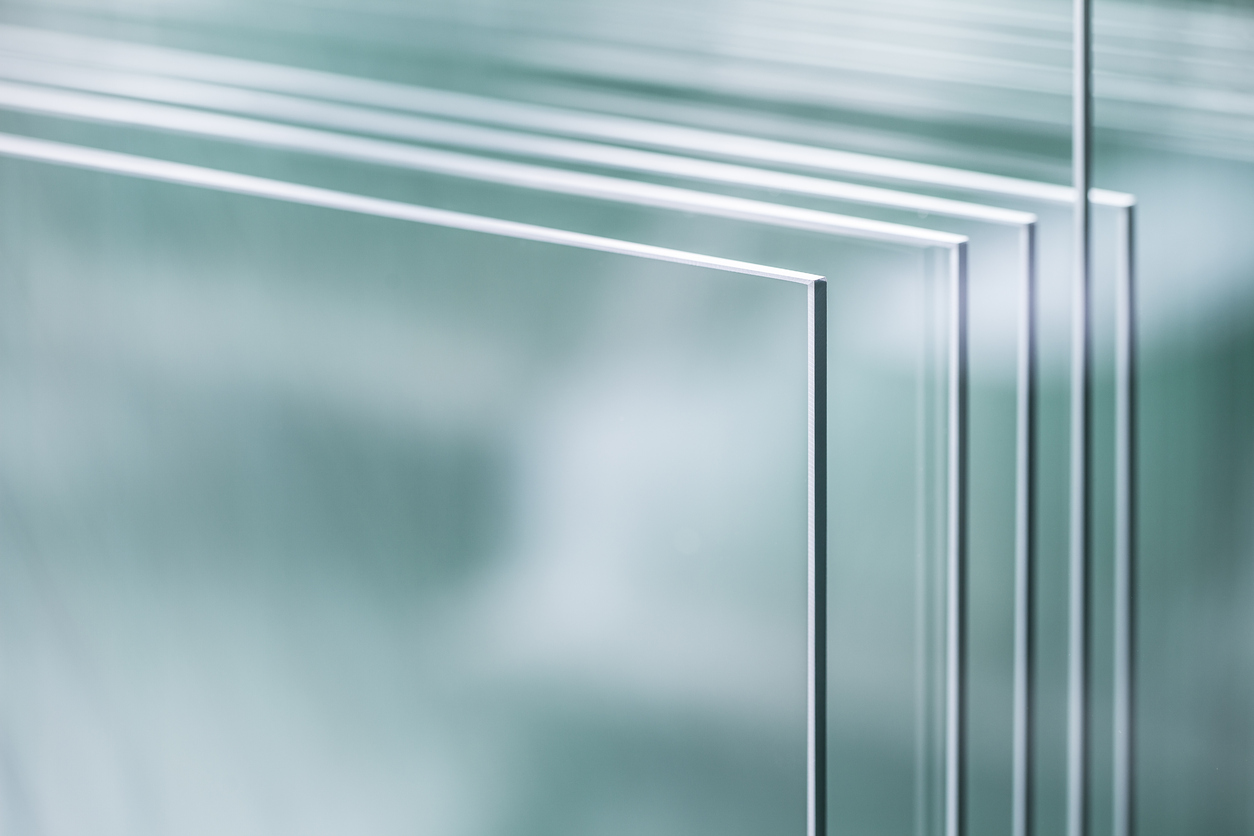

The Benefits and Applications of Tinted Float Glass
Tinted float glass is a versatile building material that combines aesthetic appeal with functional characteristics, making it an increasingly popular choice in various construction and design projects. The tinting process involves adding metal oxides to the molten glass during production, resulting in a finished product that is not only visually striking but also provides essential benefits, such as glare reduction, UV protection, and thermal insulation.
One of the primary advantages of tinted float glass is its ability to reduce glare from sunlight. In spaces with large windows or openings, such as office buildings, retail stores, and residential properties, direct sunlight can create discomfort for occupants and hinder visibility. Tinted glass helps manage the intensity of incoming light, creating a more pleasant indoor environment. By minimizing glare, it enhances the comfort of people working or living in these spaces, thereby improving productivity and overall well-being.
Furthermore, tinted float glass offers enhanced privacy. The darkened appearance of the glass makes it difficult for outsiders to see through, which is particularly advantageous in urban environments where buildings are often situated close together. This characteristic makes tinted glass an ideal choice for bathrooms, conference rooms, or residential settings where privacy is essential. Homeowners and business owners can enjoy natural light without sacrificing their sense of security.

Energy efficiency is another significant benefit of tinted float glass. With rising energy costs and growing concerns about environmental sustainability, the demand for energy-efficient building materials is more prominent than ever. Tinted float glass can significantly reduce heat gain during the summer months by reflecting a portion of the solar radiation that would otherwise penetrate the glass. This thermal control can result in reduced reliance on air conditioning systems, which conserves energy and lowers utility bills. In colder climates, tinted glass can also help retain warmth during the winter, contributing to overall energy savings.
In addition to glare reduction and energy efficiency, coated tinted float glass provides protection against harmful ultraviolet (UV) rays. Prolonged exposure to UV radiation can lead to skin damage and fading of interior furnishings, artwork, and flooring materials. Tinted float glass helps mitigate these effects by filtering out a significant percentage of UV rays, thereby protecting both individuals and their belongings. This feature is especially beneficial in spaces that experience a high amount of natural light, such as sunrooms, galleries, and retail displays.
The aesthetic versatility of tinted float glass cannot be overlooked. It is available in a variety of colors and shades, allowing architects and designers to select options that complement their project’s overall design scheme. From subtle gray to deep bronze, the various shades of tinted glass can add a sophisticated touch to modern architecture. Additionally, tinted float glass can be used in combination with other materials and finishes to create unique design statements, making it an ideal choice for both contemporary and traditional applications.
In conclusion, tinted float glass is an innovative product that enhances the comfort, energy efficiency, and aesthetics of both residential and commercial spaces. Its ability to reduce glare, protect against UV rays, and increase privacy makes it an attractive option for a wide range of applications. As architects and designers continue to prioritize sustainable building practices and innovative design solutions, tinted float glass will undoubtedly play a significant role in shaping the future of modern architecture. Whether used for windows, facades, or decorative elements, tinted float glass offers a perfect blend of form and function, making it an essential choice for today’s building projects.